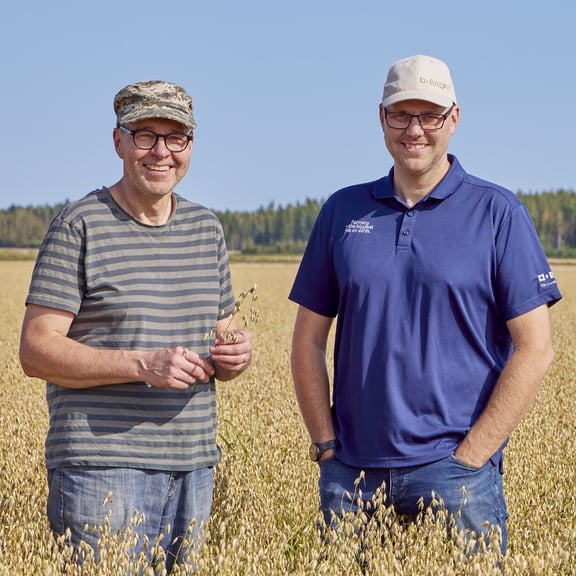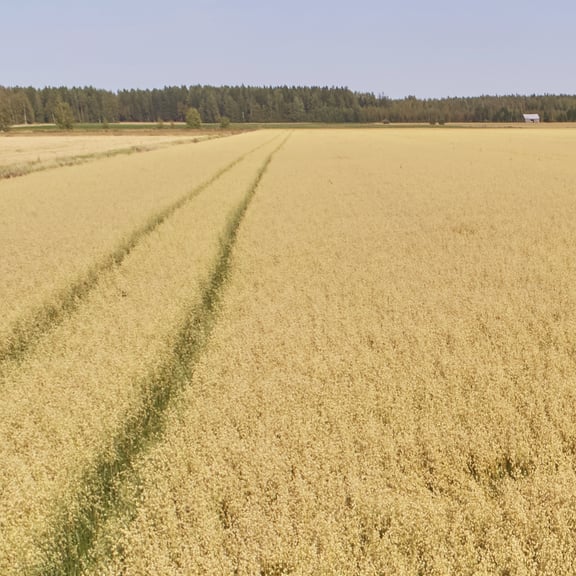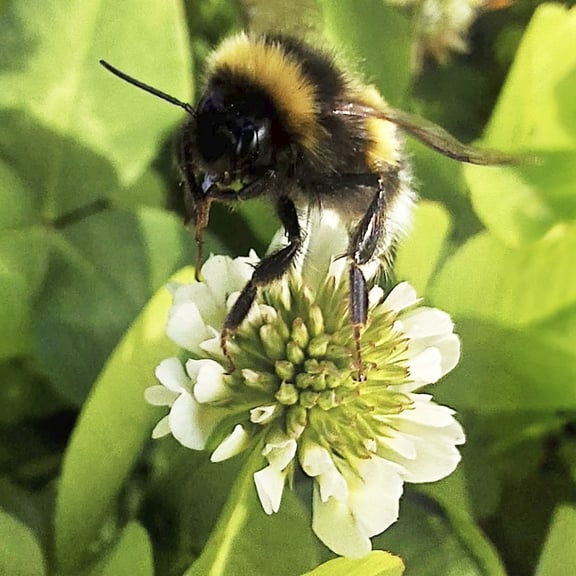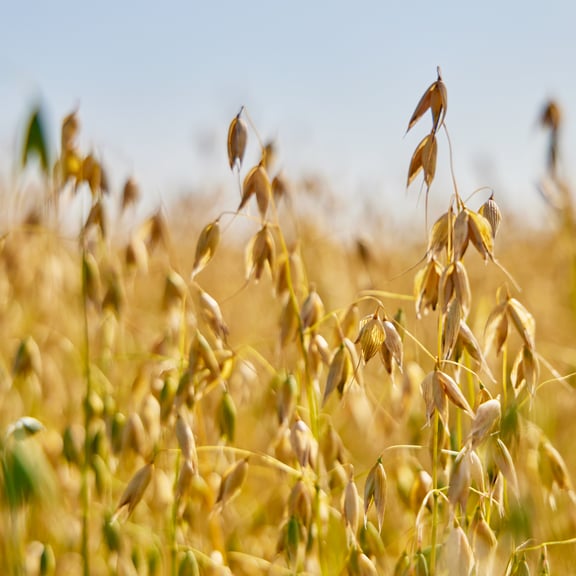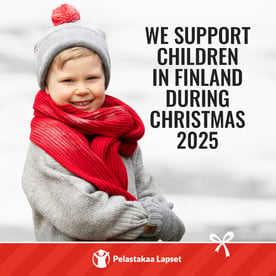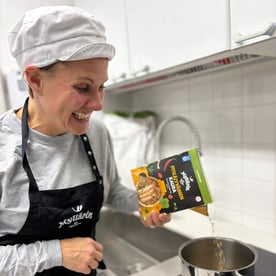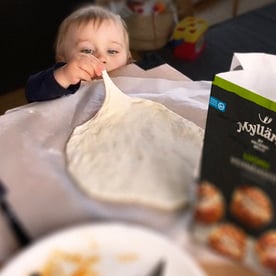MIKKO MÄKI-LATVALA GETS EXCITED ABOUT NEW THINGS
- I became a farmer on our family farm twelve years ago. Today, our farm is managed by a four-person farming family, which includes me, my wife Elina and my uncle Veikko with his wife Minna, says Mikko Mäki-Latvala.
- I've always been interested in everything new, and we've also tried a lot of different things on our farm, such as different varieties, tillage methods, fertilisation and crop rotation. We are actively looking for innovative solutions in the sector, because we want to be at the forefront of the industry. The Helsinki Mills 2.0 oat farming programme is just such a new kind of project, and it was easy to get excited about it. It can further improve the production of domestic food.
A LONG COLLABORATION BLOSSOMED INTO A FUTURE FARMING PROJECT
The Mäki-Latvala farm has been cooperating with Helsinki Mills for a long time.
- Our collaboration started even before I became a full-time farmer. For example, we have been involved as contract growers of gluten free pure oats, ensuring that the oats are gluten free from the moment they are grown in the field.
So, it was only natural for Helsinki Mills to propose Mikko a new type of 2.0 farming programme where no pesticides are used at all in oat cultivation. Buzzy bugs can pollinate the oat fields in peace. In addition, oats are grown with particular attention to biodiversity, soil condition and carbon sequestration.
- In this context, we have followed a quality farming programme, which means, for example, fertilising only when the plant needs it, using flowering plants in the crop rotation and using carbon and nutrient fixing catch crops," Mikko says.
